Not too long ago, foldable phones were seen as futuristic, luxury gadgets that only a few tech enthusiasts or early adopters could afford. Today, these devices have gone mainstream. Thanks to improvements in hardware durability, battery life, screen quality, and pricing, foldables are experiencing a significant resurgence. The new generation of foldable phones has matured into a category of sleek, highly capable smartphones with mass-market appeal.
Once viewed as a gimmick, foldables have now evolved into reliable daily drivers. Manufacturers like Samsung, Huawei, Google, and Motorola have refined their models through years of trial and error, and their 2025 models are a testament to how far the technology has come. Whether you’re after portability, productivity, or simply a unique smartphone experience, there’s a foldable phone on the market that fits the bill. Let’s explore the top models that are leading the charge this year.
Samsung Galaxy Z Fold 6 Ultra
Samsung continues to dominate the foldable segment, and the Galaxy Z Fold 6 Ultra proves why. With a 7.9-inch AMOLED inner display and a much-improved hinge mechanism, this phone transitions smoothly from a regular-sized smartphone to a compact tablet. The crease is less noticeable than in previous generations, and the under-display camera offers a cleaner, more immersive viewing experience. Samsung’s emphasis on multitasking is evident, with split-screen and drag-and-drop features that make this model a powerhouse for productivity. It also comes with S Pen support and IPX8 water resistance, making it one of the most complete foldable devices currently available.
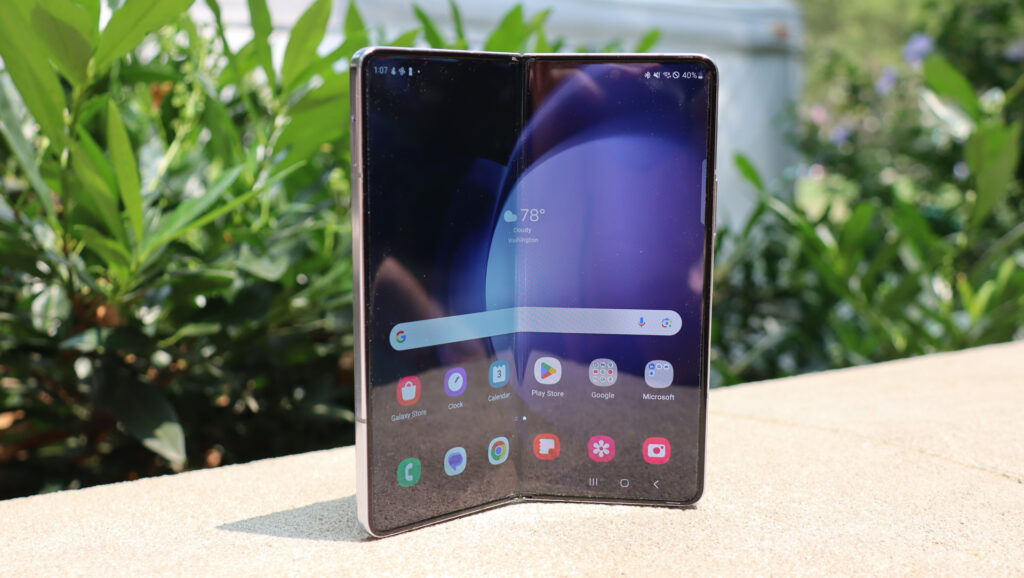
Google Pixel Fold 2
Google’s first attempt at a foldable had its flaws, but the Pixel Fold 2 corrects many of them. With a wider outer screen, stronger hinge, and a much-improved internal display, the Pixel Fold 2 now stands tall among the best. It is powered by Google’s Tensor G4 chip, optimised for AI features like real-time translation, smarter photo editing, and better voice recognition. The device offers a truly Google-centric experience, especially for those who want tight integration with Android 15. What may set it apart is its camera system, which leverages Google’s legendary image processing.
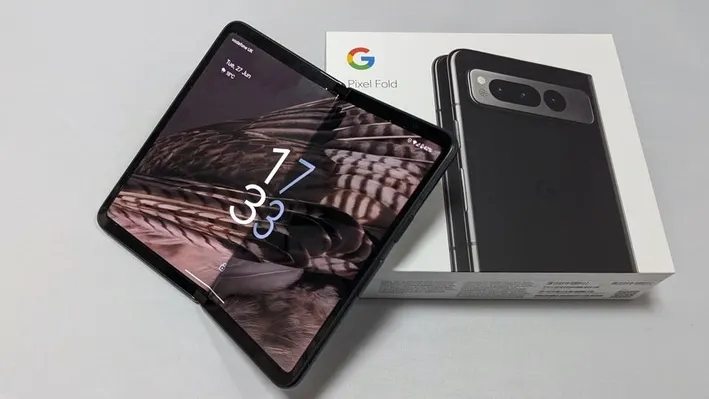
OnePlus Open 2
OnePlus returned in 2025 with the Open 2, building on the success of its first-generation foldable. This model is thinner, lighter, and features an almost crease-free display. The hinge is nearly invisible, and the overall feel is more premium than ever. OnePlus has also ramped up the charging speed, offering 100W fast charging that takes the phone from zero to full in under 30 minutes. It’s powered by the latest Snapdragon chip and comes with a display tuned for both performance and efficiency. OxygenOS has been optimised to work seamlessly across the inner and outer screens, providing users with a fluid experience whether they’re gaming, working, or watching content.
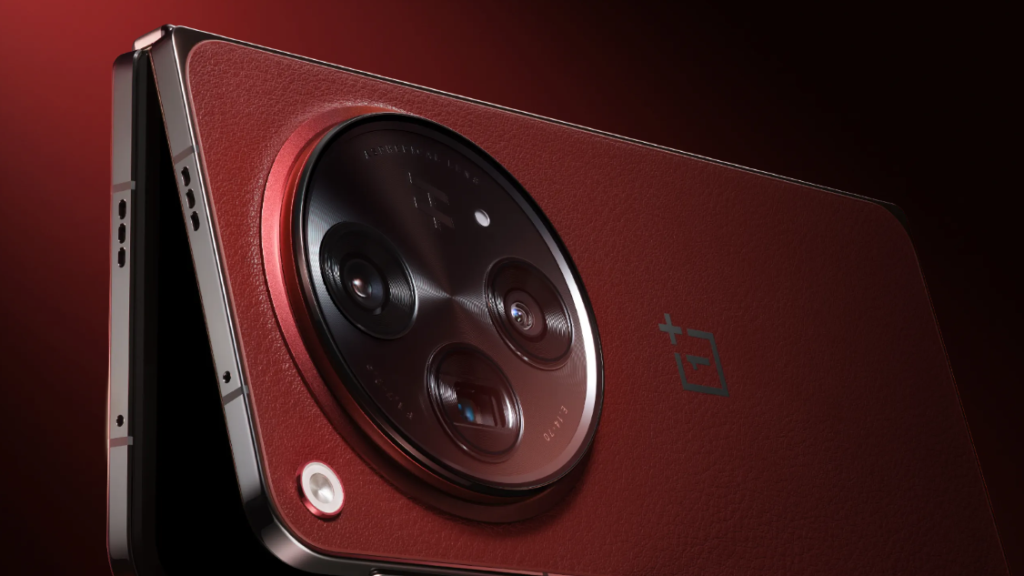
Huawei Mate X5 Pro
Despite the restrictions on Google services in some markets, Huawei continues to impress with its hardware. The Mate X5 Pro features an outward-folding design, meaning the screen is always on the outside. This allows for a thinner device when folded and an expansive 8.1-inch OLED screen when open. Its magnesium alloy frame keeps it light but durable. The device runs on HarmonyOS 5 and is powered by Huawei’s Kirin 9010 processor. It’s ideal for users in Asia or those comfortable navigating Huawei’s ecosystem. The camera setup, co-engineered with Leica, is another strong selling point, particularly for mobile photography enthusiasts.
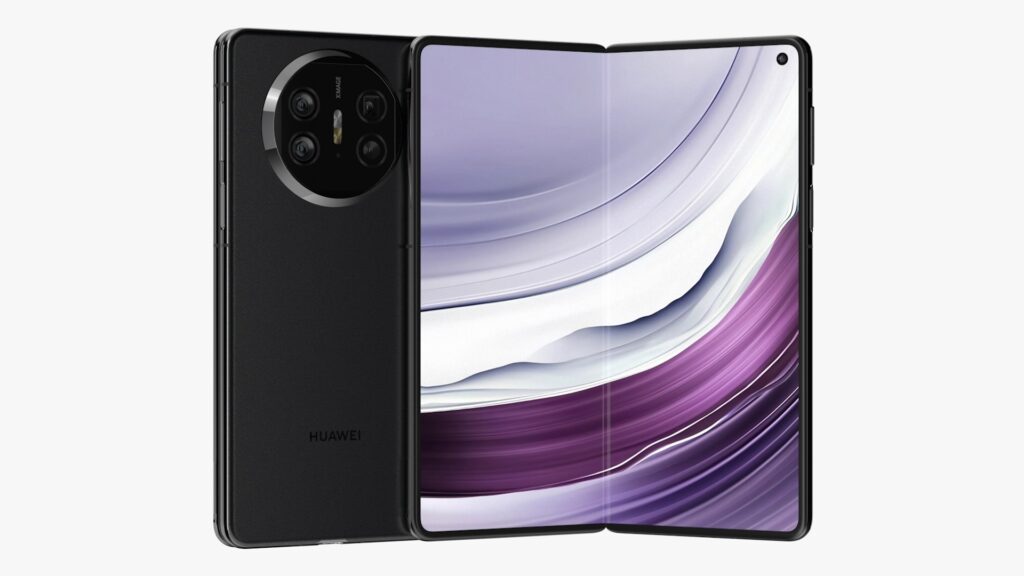
Motorola Razr+ 2025
Motorola brings back its classic flip phone charm with the Razr+ 2025. It’s compact, stylish, and fully functional. The large cover screen lets users reply to texts, view notifications, and even run full apps without flipping the phone open. Once opened, the 6.9-inch OLED display is sharp and vibrant, offering a true flagship experience. Powered by Qualcomm’s 8s Gen 3 chipset, this model is not just about looks, it’s fast and capable too. The Razr+ appeals to those who want a modern phone that doesn’t feel bulky.
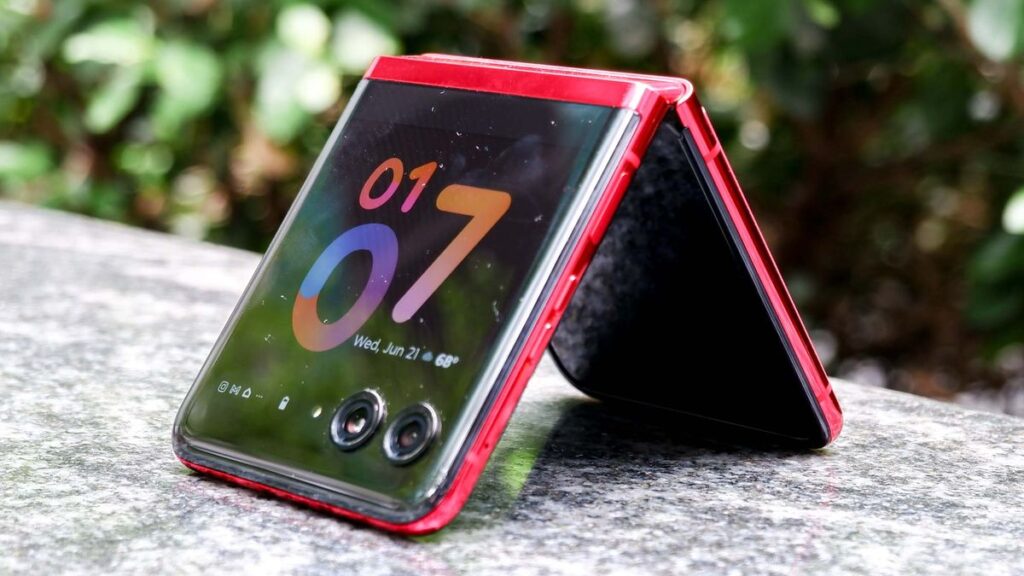
What the Future Holds for Foldables
2025 has been a pivotal year for foldables. Their return isn’t just about style; it’s a combination of practicality and innovation. These phones are no longer fragile experiments. They are high-performing machines that rival traditional flagship phones in nearly every category. As more companies join the foldable trend and production costs go down, we can expect a broader range of models at various price points.
Rumours suggest Apple is developing a foldable iPhone, while Xiaomi and Honor are making waves in the Chinese market with sleek, affordable foldables. Improvements in foldable glass, battery efficiency, and AI-driven software optimisation may define the next stage of innovation. Meanwhile, app developers are also designing more features for flexible screens, improving usability and pushing foldables toward mainstream status.
Foldable phones in 2025 are not just novelties, they are everyday smartphones that cater to users seeking more from their devices. From multitasking and content creation to simple convenience and futuristic design, the best foldables offer something unique.
So whether you’re ready to make the leap or just curious about what’s out there, one thing is clear: foldables are back, and this time, they’re here to stay. If you’re like me, you may be waiting for the iPhone foldable. I’m sure it won’t disappoint.




